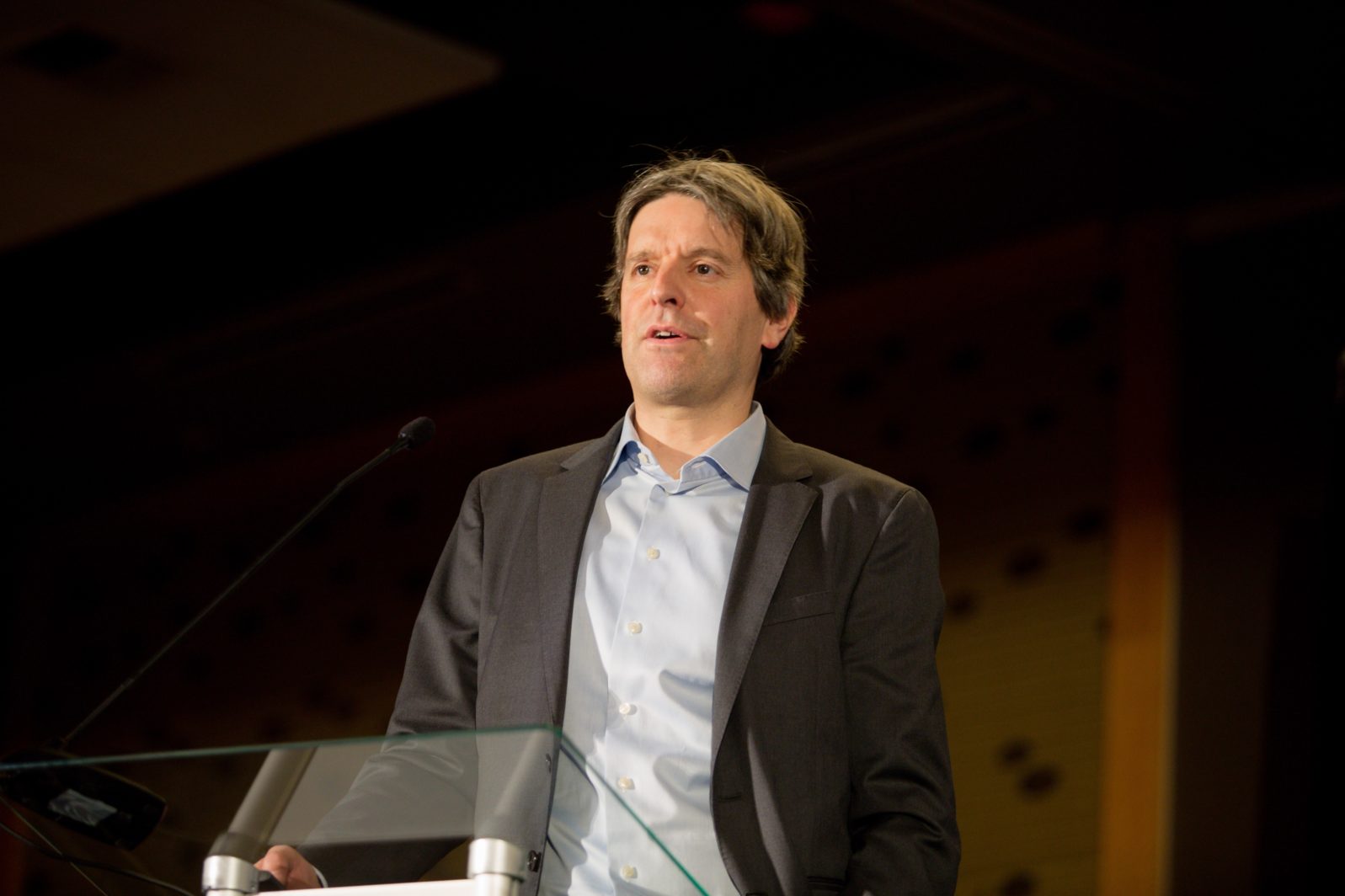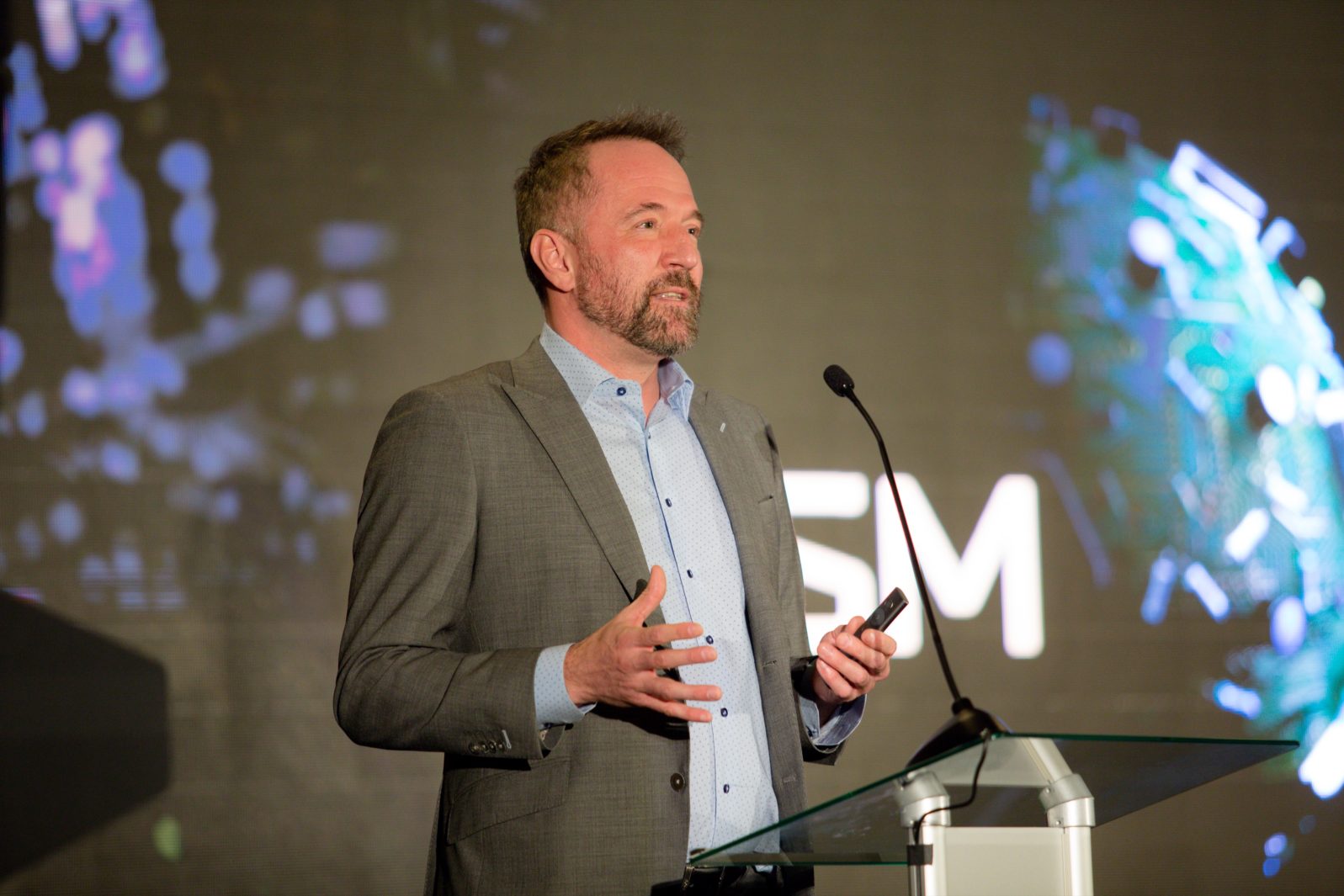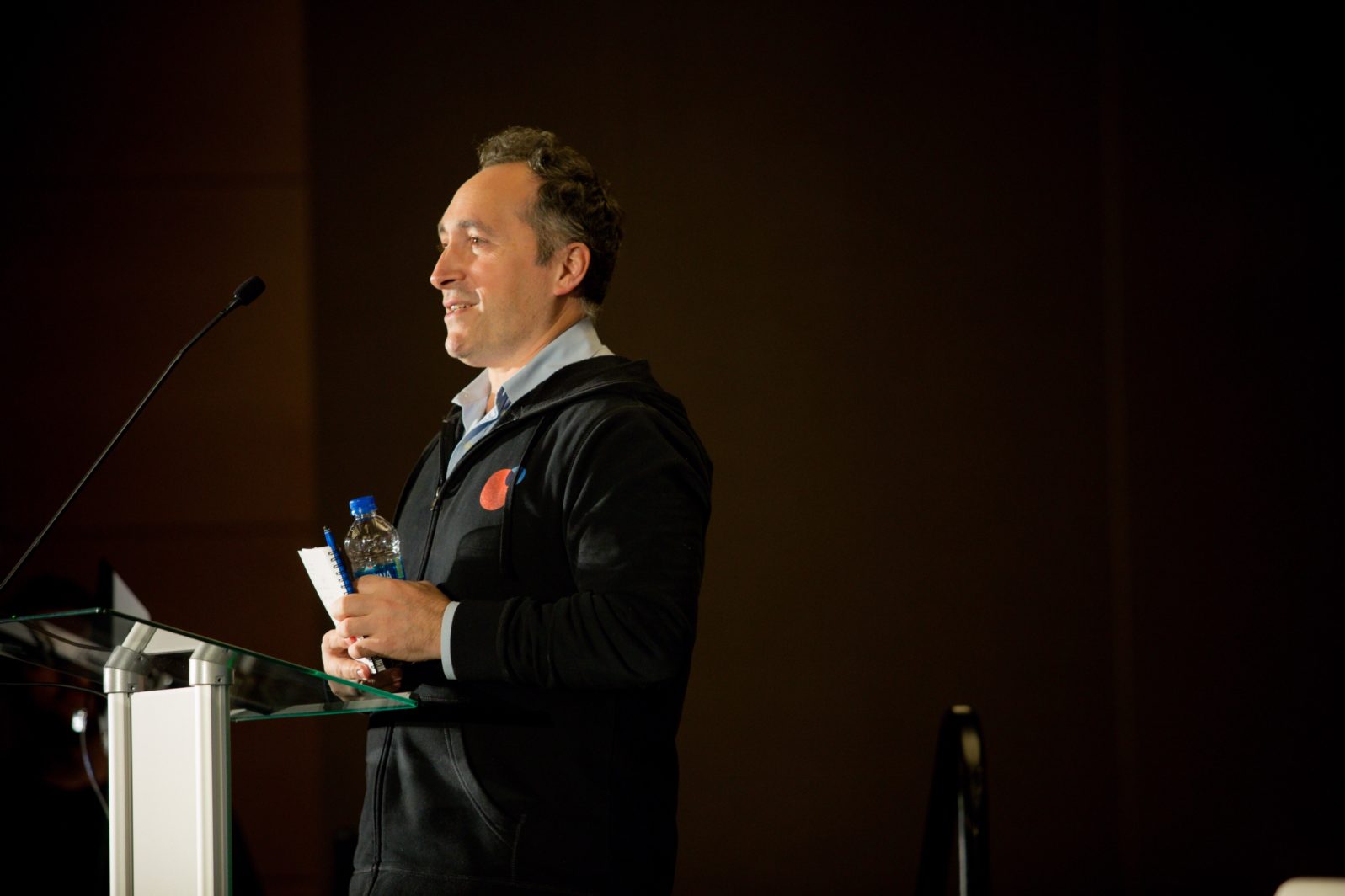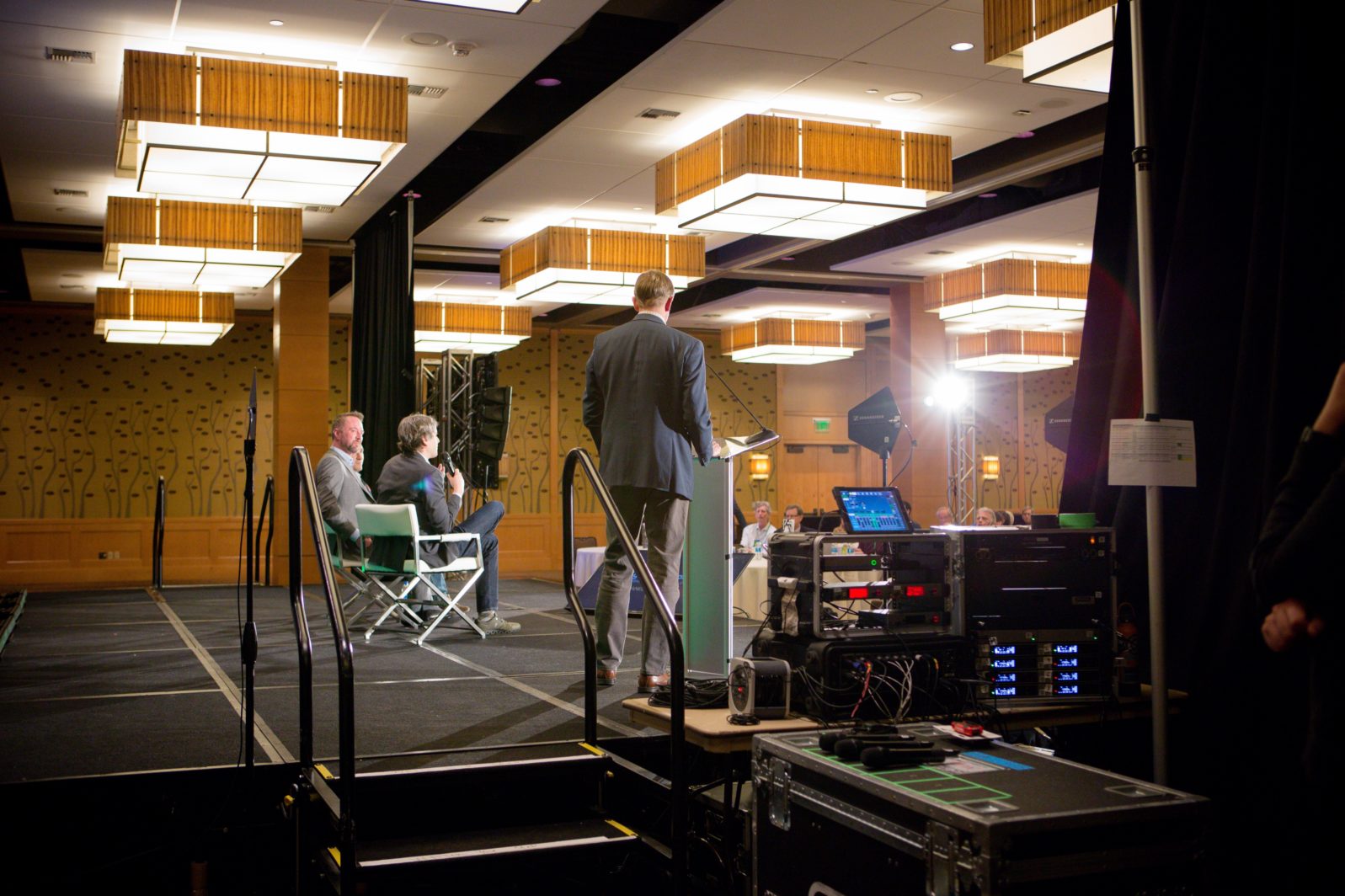Is Information the Future of Medicine and Biology?
University of Washington’s Georg Seelig wants to “design molecules” and “write genetic information”At a Thursday afternoon panel at COSM 2022, pioneers in biology had a chance to talk to the public about the code that is written into our genomes.
First up was Georg Seelig, a Swiss synthetic biologist and researcher at the Paul Allen School of Computer Science at the University of Washington (UW). He described his bioengineering research as aiming to learn “to read and write the language of the genome,” which is a “sort of a code” written in a “language.”
Popular wisdom might hold that we have fully deciphered this language — and Seelig acknowledges that “over the last few decades, we’ve really learned a lot about the syntax of this language.” But he explains there’s still much to learn: “We’ve learned about the words of the language, but we still can’t quite put it all together.” (November 10, 2022)
Seelig then explained the goal of the field of synthetic biology: “We don’t only want to be able to really read and interpret this language, we want to be able to write in this language. And the reason we want to do this is because we want to be able to essentially design molecules” — molecules like proteins, antibodies, mRNAs, and one day “entire cells.” One day “we might even want to engineer cellular populations,” he said.

The key to all of this, he explained to the gathering, is “to learn is how to write genetic information.”
One way to do this is to observe the millions of variants of the human genome within the human population. Some of these variants “might make us susceptible to some disease, others might make us more resilient,” and still others “probably don’t do anything at all, right.” We can decode the language of the genome by studying these variants and reverse-engineering them to figure out what they do.
Another way to unlock the language of life is to make libraries of genetic variants and see what happens in the lab. Seelig gave the example of producing mRNA vaccines, where mRNA sequences contain “leader and trailer sequences” which determine “how much protein is made, where the mRNA goes, how stable it is.”
To understand the language encoding these leader sequences, we can make a huge library of mRNA variants and “use machine learning to learn the relationship between the sequence and the function” and thereby “learn the rules of how much protein is made.”
The next speaker was Matt Scholz, CEO of Oisín Biotechnologies a Seattle-based biotech company that seeks to address the process of aging. He explained that “the North star” for his firm’s research is “effectively that the essence of life is information.”
To continue the analogy, Scholz views chemistry as the “substrate” of life, but when you “tinker with the substrate” you get “unintended consequences” — much like “trying to debug Microsoft Word by changing the microchips in your computer.” This is why so many drugs have so many unexpected side effects.
The solution proposed by Oisín is to create “delivery technology” that allows one to upload information into cells — akin to how we upload data into a computer through a USB port.
Scholz’s dream is that one day everyone might have their own “DNA printer,” much like a 3D printer but one that prints out DNA sequences. As biotechnology develops, information could be sent to that machine to give DNA sequences that provide health benefits or treat diseases that can then be imported into a person’s body in the comfort of their kitchen.

The key to this technology is the fact that biology runs on information, and information is easy to send. Even astronauts could receive information beamed from earth, print out the needed DNA sequences, and treat their own diseases while in space.
It’s a bright future, and one which was endorsed Babak Parviz, the panel’s moderator who is also a computer engineer at UW, as well as a VP at Amazon and member of the Board of Directors of the American Association for the Advancement of Science. But he fears that there’s a “rate limiting” to realizing these innovations, namely the regulatory landscape.

The panelists agreed that it’s easy to create new drugs but very difficult to get them to market. Scholz explained that his company made a Covid vaccine in “a couple weeks” but then “paperwork and getting into trials and making it” brought things to a slowdown. This slowness may be frustrating but all agreed it is vital to ensure the safety of biomedical products.
Biotech progress marches slowly, but it does march. Observing progress we’ve made over the last 20 years, Seelig predicted that in the coming decades we’ll produce gene therapies involving not just one but “hundreds of genes.” Scholz believes we will someday see a democratization of medicine, where patients can select their own treatments and build and administer them at home.
Again, the key to all of these advancements, of course, is understanding the language of the genome — to decipher its information. This discovery — that life is based upon information — offers perhaps more hope to medicine than any other discovery in human history.
You may also wish to read: Living in a superabundant age. Marian L. Tupy talks economics, falling birth rates, and human creativity at the COSM conference. In their new book, Marian Tupy and Gale Pooley argue that a higher world population means more innovation and productivity.
